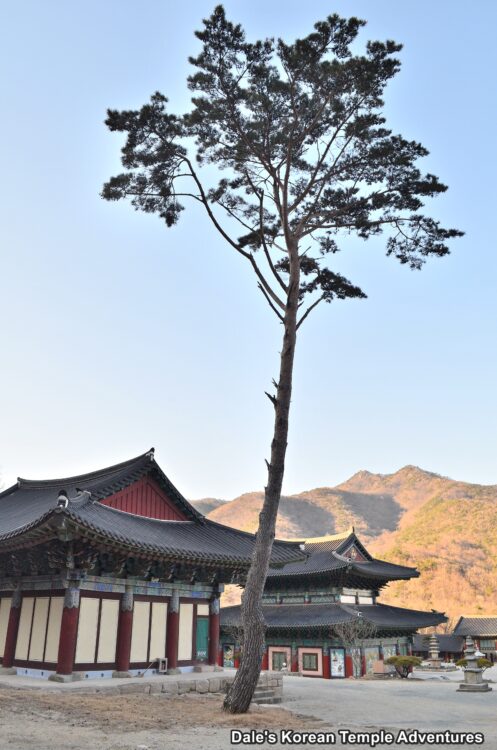
Temple History
Dogapsa Temple is located in Yeongam, Jeollanam-do in Wolchulsan National Park. The temple was established in 880 A.D. by Doseon-guksa (827-898 A.D.). Originally, the temple site was home to a temple called Munsusa Temple, which was named after the Bodhisattva of Wisdom, Munsu-bosal. In fact, during a recent excavation that took place in 1999, there were roof tiles that date back to the Baekje Kingdom (18 B.C. to 660 A.D.) that were discovered to the rear of the temple grounds. This helped prove that a temple existed on the site that Dogapsa Temple now occupies predating Later Silla (668-935 A.D.). Munsusa Temple was where Doseon-guksa spent his childhood. After he visited Tang Dynasty China (618-907 A.D.), Doseon-guksa returned to Yeongam to build a temple on the former grounds of Munsusa Temple. He would build Dogapsa Temple on this site.
Up until the late Goryeo Dynasty (918-1392), Dogapsa Temple prospered. However, it was later destroyed, so it was rebuilt in 1456, the second year of King Sejo of Joseon’s reign (r. 1455-1468), by Sumi-daesa, who was an advisor to the king. Not only was Dogapsa Temple rebuilt, but it was expanded thanks to royal support. In 1653, a stele was built to commemorate the lives of Doseon-guksa and Sumi-daesa. Later in 1677, flagpole supports were erected at Dogapsa Temple; and in 1682, a large stone basin was built to store water at the temple.
Throughout the years, Dogapsa Temple has been the object of attack by numerous armies. And a lot of the cultural objects that the temple once housed were destroyed during these attacks which include the second wave of the Imjin War (1597-1598), the Manchu invasion (1636-1637), the Japanese Colonial Period (1910-1945), and the Korean War (1950-1953). More specifically, and in 1597, there were over 780 monks, and twelve neighbouring hermitages, that were directly associated with Dogapsa Temple. Then in 1950, and during the Korean War, Dogapsa Temple was the victim of several fires that damaged large portions of the temple.
After slowly being restored, and in 1977, a fire broke out, once again, at Dogapsa Temple caused by a negligent visitor. Sadly, the fire destroyed the Daeungbo-jeon Hall and many cultural objects that were housed in the main hall. In 1981, the Daeungbo-jeon Hall was rebuilt. More recently, between 1995 to 1999, there were four excavations that were conducted to help aid in the understanding of the temple’s original layout. It’s from these excavations that a large scale restoration project is taking place to return Dogapsa Temple to its former glory. With these ongoing efforts, there are now ten temple shrine halls that visitors can explore at Dogapsa Temple.
In total, Dogapsa Temple is home to one National Treasure and four additional Korean Treasures.
Temple Layout
You first approach Dogapsa Temple up a beautiful trail. Eventually, you’ll pass under the top heavy Iljumun Gate just before the temple’s ticket booth. Just a little further up the pathway, and just left of the tranquil stream that flows next to the temple grounds, is the historic Haetalmun Gate, which means “Gate of Deliverance” in English. The Haetalmun Gate was built in 1473, when Dogapsa Temple underwent a large renovation. The Haetalmun Gate, which is National Treasure #50, was one of only a few wooden structures that survived the damage caused by the fires during the Korean War. While being repaired in 1960, an inscription was found on one of the beams inside the entry gate. It was from this that Korean scholars learned that the Haetalmun Gate was first built in 1473. Under the front eaves, you’ll find a sign that reads “Dogapsa Temple of Wolchulsan Moutain” written on it in Hanja. And the rear eaves sign says “Haetalmun Gate” written on it in Hanja, as well. As you step inside the Haetalmun Gate, you’ll be greeted by two of the happiest Geumgang-yeoksa (Vajra Warriors). Next to these two guardians, on opposite sides of the entry gate, are the white elephant riding Bohyeon-bosal (The Bodhisattva of Power) and the blue lion riding Munsu-bosal (The Bodhisattva of Wisdom). The two original statues of these Bodhisattvas are housed inside the temple museum, and they’re Korean Treasure #1134. They were made at the same time as the Haetalmun Gate in 1473.
After exiting the Haetalmun Gate, and making your way under the tall Gwangje-ru Pavilion, you’ll emerge on the other side of a spacious temple courtyard. In front of the large two-story Daeungbo-jeon Hall is a five-story stone pagoda that dates back to the early Goryeo Dynasty (918-1392). The lower base of the pagoda was originally lost, which left only the body and the finial of the pagoda. However, in 1995, the base was discovered during the Mokpo National University Museum excavation. In addition to discovering the base of the ancient pagoda, the five-story pagoda was moved to its current location in front of the Daeungbo-jeon Hall in 2002. The pagoda stands 5.45 metres in height, and it’s Korean Treasure #1433.
As for the Daeungbo-jeon Hall, the exterior walls of the two-story structure are a set of beautiful Palsang-do (The Eight Scene from the Buddha’s Life Murals). As for the interior, and sitting on the main altar, is a triad centred by Seokgamoni-bul (The Historical Buddha). Seokgamoni-bul is joined on either side by Amita-bul (The Buddha of the Western Paradise) and Yaksayeorae-bul (The Medicine Buddha, and the Buddha of the Eastern Paradise). This triad is meant to symbolize the Buddhist idea of samsara. On the far left wall is a painting dedicated to Gwanseeum-bosal (The Bodhisattva of Compassion), as well as a wooden relief of the Shinjung Taenghwa (Guardian Mural).
To the right rear of the Daeungbo-jeon Hall is Dogapsa Temple’s Josa-jeon Hall. Housed inside this shrine hall dedicated to prominent monks are murals of Doseon-guksa and Sumi-daesa. And just to the right of the Josa-jeon Hall is a stele dedicated to Sumi-daesa. The stele is Korean Tangible Cultural Property #152. Have a look down at the gargoyle-like face of the turtle base of the stele, as well as the dragons swirling around in the clouds of the capstone of the stele.
To the left of the Daeungbo-jeon Hall are three more temple shrine halls. The first of the three is the Cheonbul-jeon Hall. Inside this hall, as the name kind of hints at, are a thousand bronze coloured incarnations of Seokgamoni-bul (The Historical Buddha). And centering the triad that sits on the main altar is a larger sized statue of Seokgamoni-bul. To the left of the main altar is a Shinjung Taenghwa (Guardian Mural). And to the right of the main altar is a mural dedicated to Chilseong (The Seven Stars). Next to the Cheonbul-jeon Hall is the Sanshin-gak Hall. Hanging inside this shaman shrine hall, and adorning the main altar, is a wooden relief dedicated to Sanshin (The Mountain Spirit). Sanshin has his hand lovingly around his tiger. This relief is joined by a uniquely sculpted wooden sculpture of an elderly male figure. The final shrine hall in this area is the temple’s Myeongbu-jeon Hall. The exterior walls to this shrine hall are adorned with murals of the Underworld, as well as a set of murals dedicated to the cycle of life. As for the interior, there’s a green-haired statue of Jijang-bosal (The Bodhisattva of the Afterlife). This statue is joined on either side by ten older-looking statues of the Siwang (The Ten Kings of the Underworld).
Along a trail that starts between the Sanshin-gak Hall and the Myeongbu-jeon Hall are a pair of smaller sized waterfalls. The two are known as Yongsu-pokpo Waterfall. There’s a nearby pavilion that you can sit and enjoy the tranquil sounds of the water.
Just beyond the Yongsu-pokpo, or “Dragon Water Waterfall” in English, are two sectioned off areas. The first is an area filled with stupas, which is known as a Budo-won in Korean. Next to the Budo-won is a stele dedicated to both Doseon-guksa and Sumi-daesa. The stele was completed in 1653, and it’s Korean Treasure #1395. The turtle from the turtle base holds a wisdom pearl in its mouth. This turtle also has a large nose and two intimidating eyes. The body of the stele, which is the most important part of the stele because it tells the story of those it commemorates, is made from marble. Also of interest, the stele took eighteen years to complete, and it distinctly commemorates two monks.
And to the left of the pavilion that houses the stele dedicated to Doseon-guksa and Sumi-daesa is Dogapsa Temple’s Mireuk-jeon Hall. Housed inside the Mireuk-jeon Hall is a three metre tall stone statue dedicated to Mireuk-bul (The Future Buddha). This statue is Korean Treasure #89. While a bit stiff in appearance, the stone statue is beautifully surrounded by a stone nimbus. The statue dates back to around the 11th century.
Admission to the temple is 2,000 won. And if you bring your car, it’ll cost you 2,000 won more to enter Wolchulsan National Park.
How To Get There
From the Yeongam Intercity Bus Terminal, you can catch a bus or a taxi to get to Dogapsa Temple. There are two buses that go to Dogapsa Temple throughout the day. They leave at 9:30 a.m. and 4:10 p.m. For a taxi, the ride should cost you about 10,000 won and take about thirty minutes to get to Dogapsa Temple depending on traffic.
Overall Rating: 8/10
There are quite a few highlights to Dogapsa Temple like the Haetalmun Gate that welcomes you at the entry to the temple. In addition to this national treasure, there are four additional Korean Treasures that can be enjoyed at Dogapsa Temple like the stele dedicated to Doseon-guksa and Sumi-daesa. In addition to all these treasures, there’s a lot more that temple adventurers can enjoy in and around the grounds at Dogapsa Temple so take your time, explore and enjoy this lesser known major temple on the Korean peninsula.
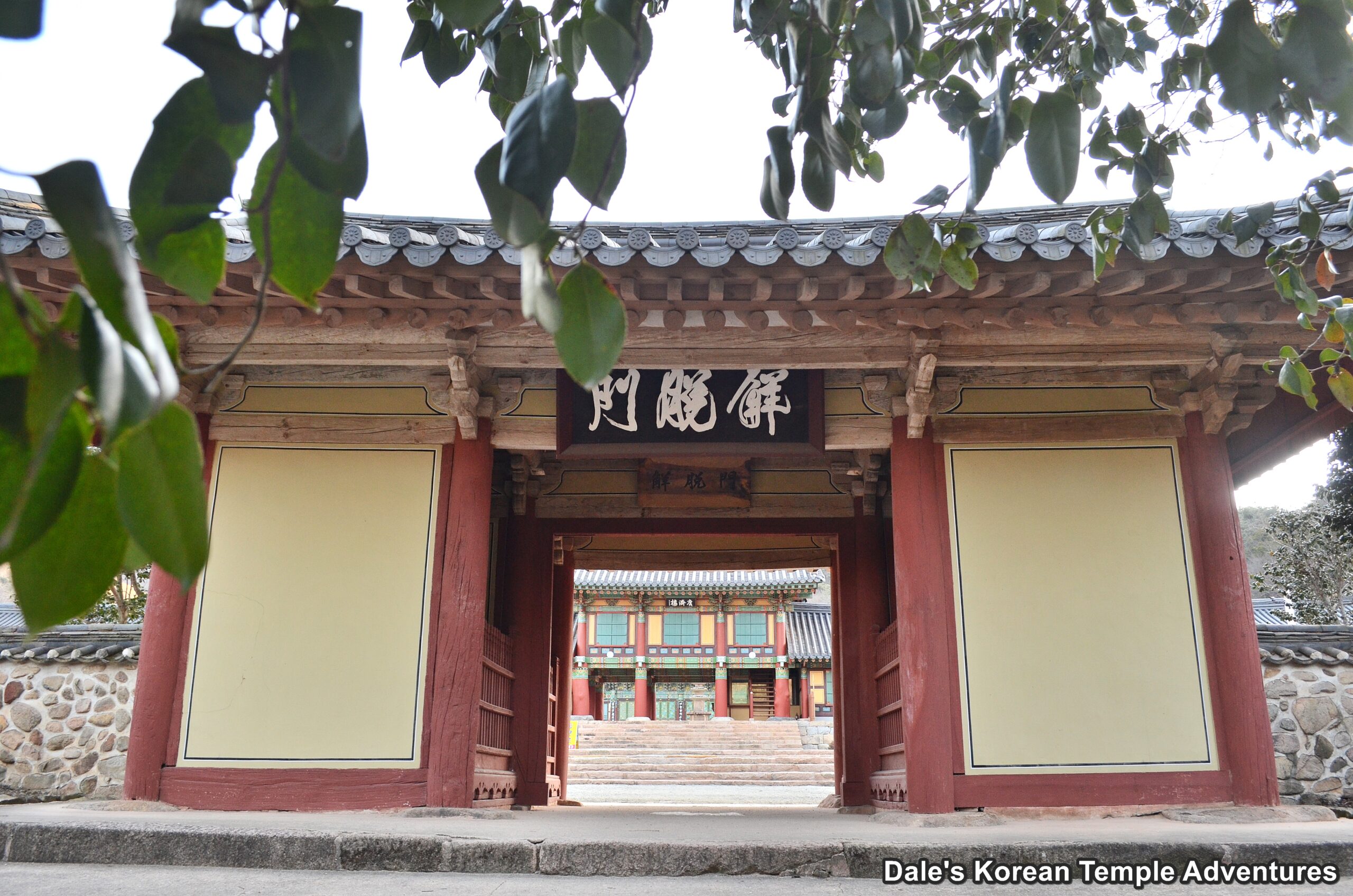
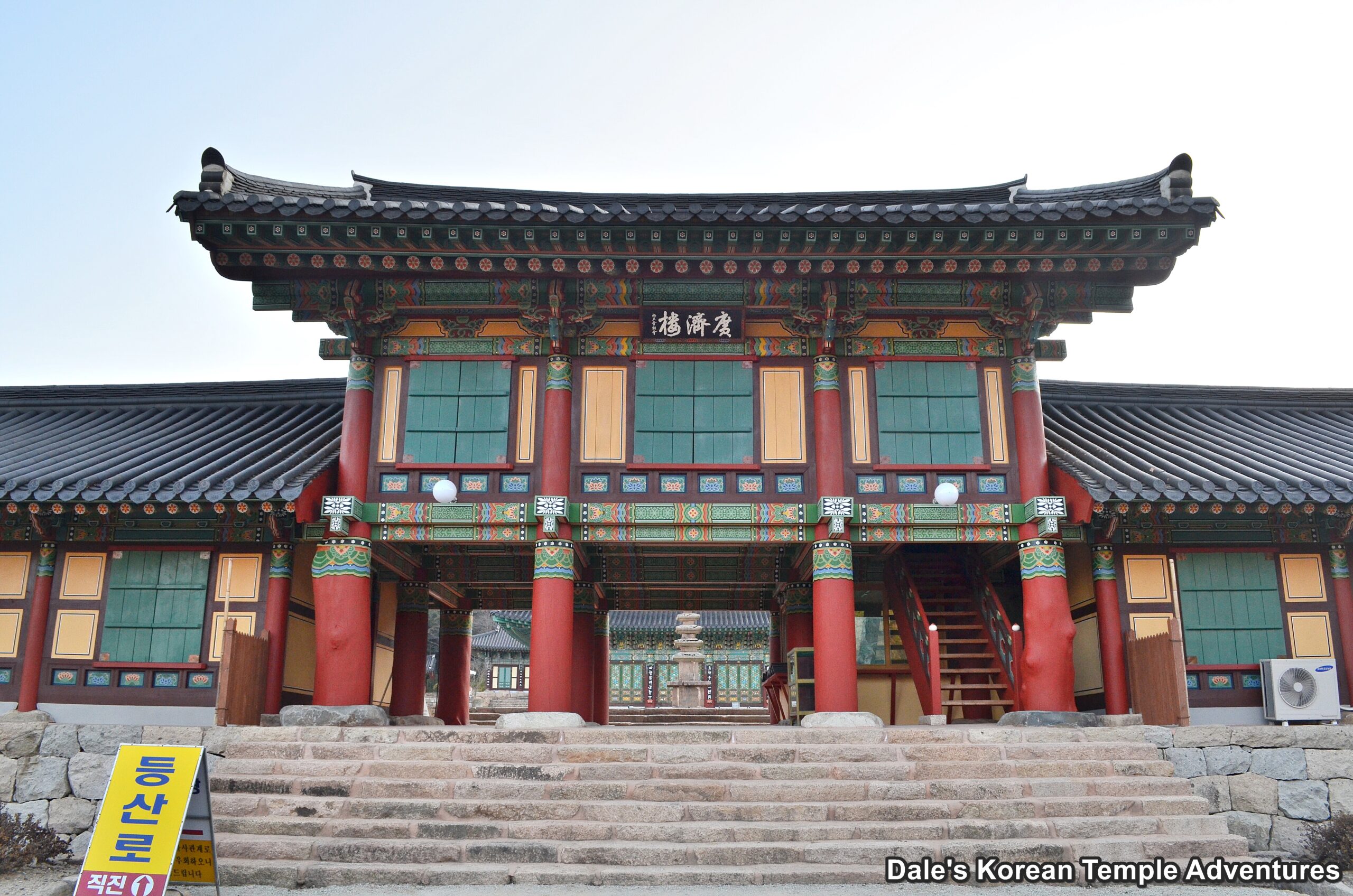

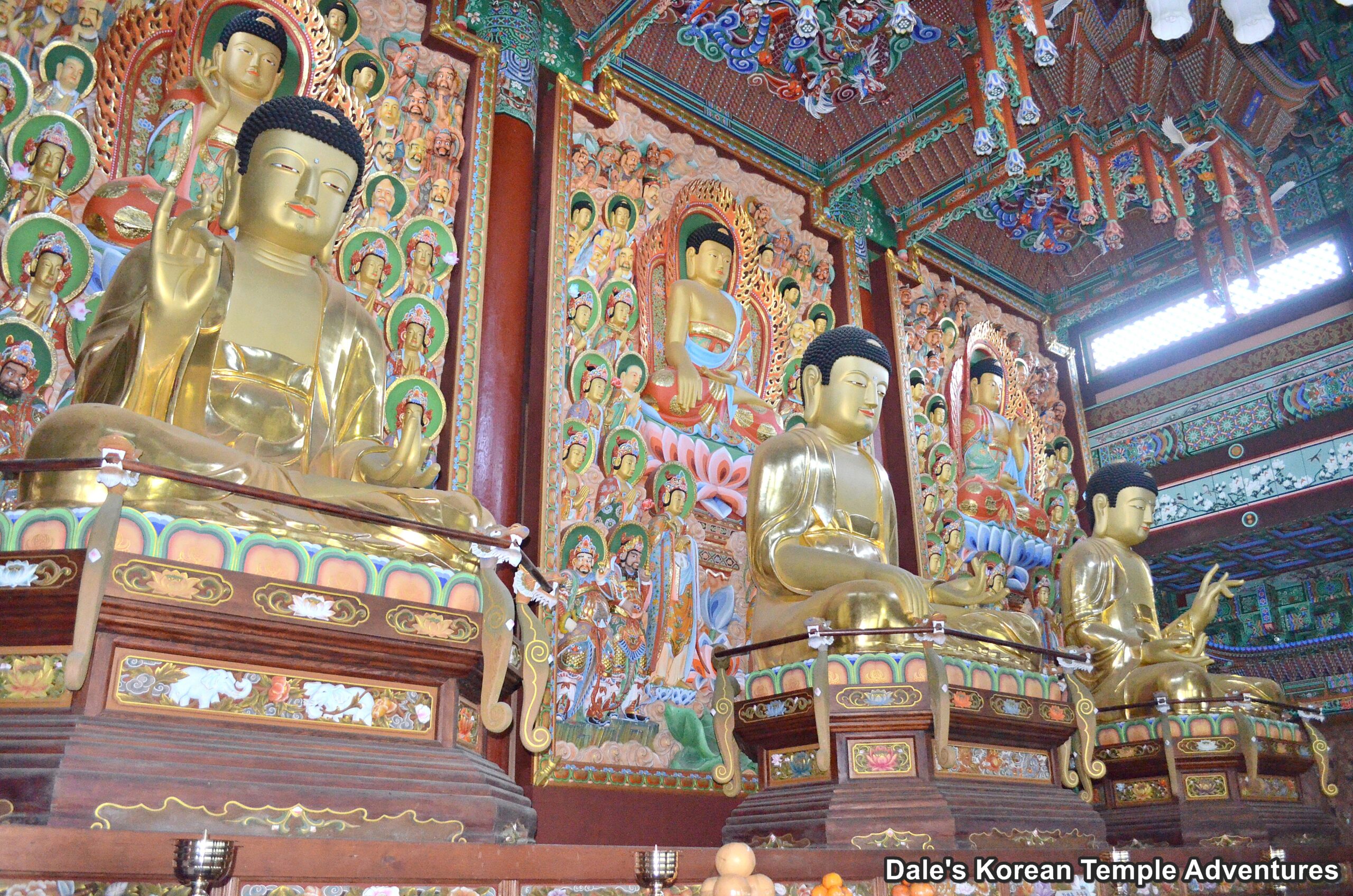
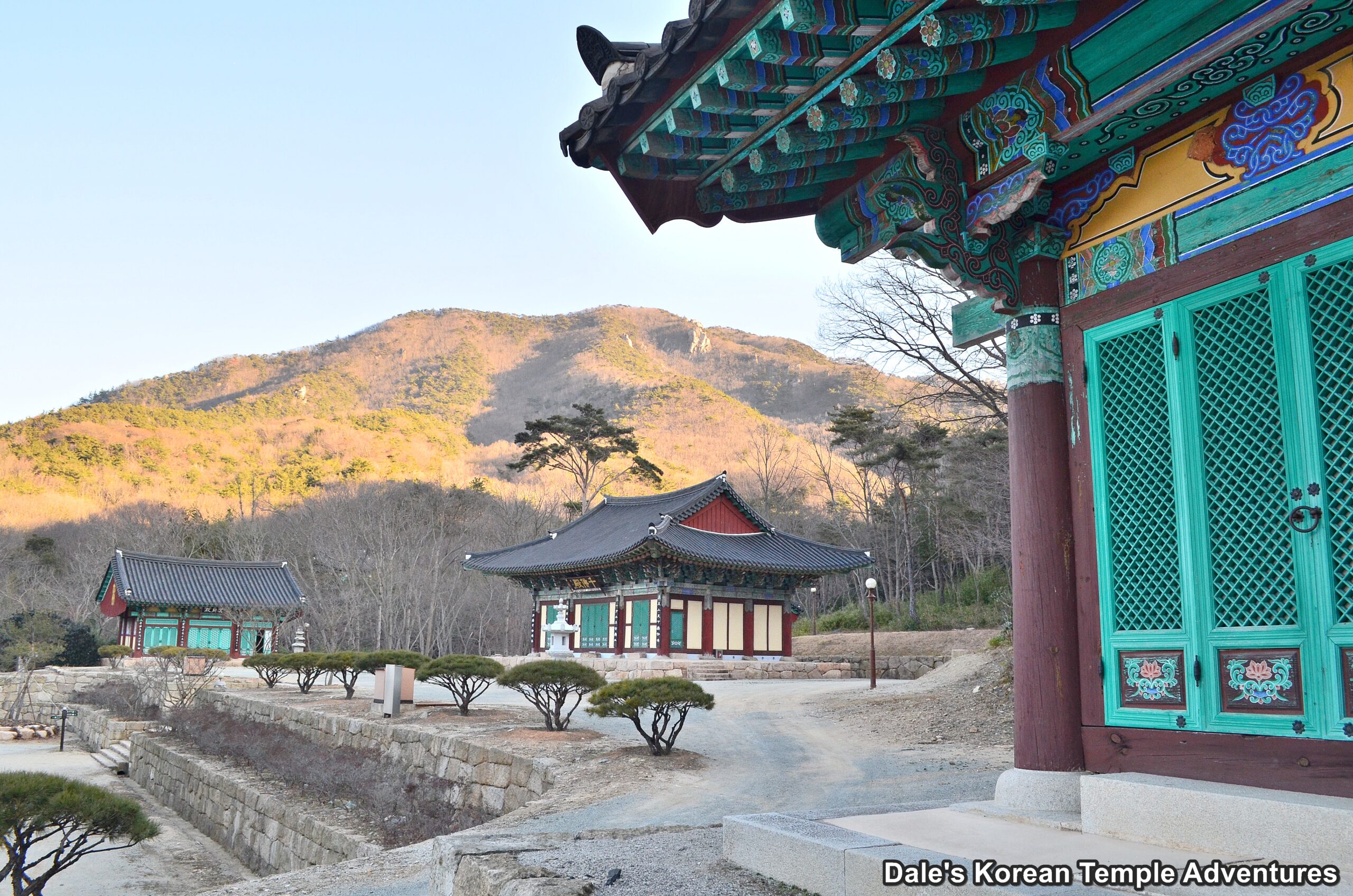
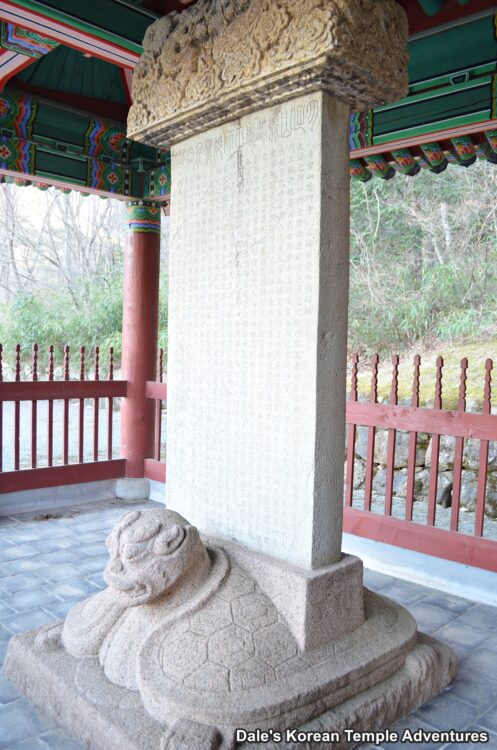

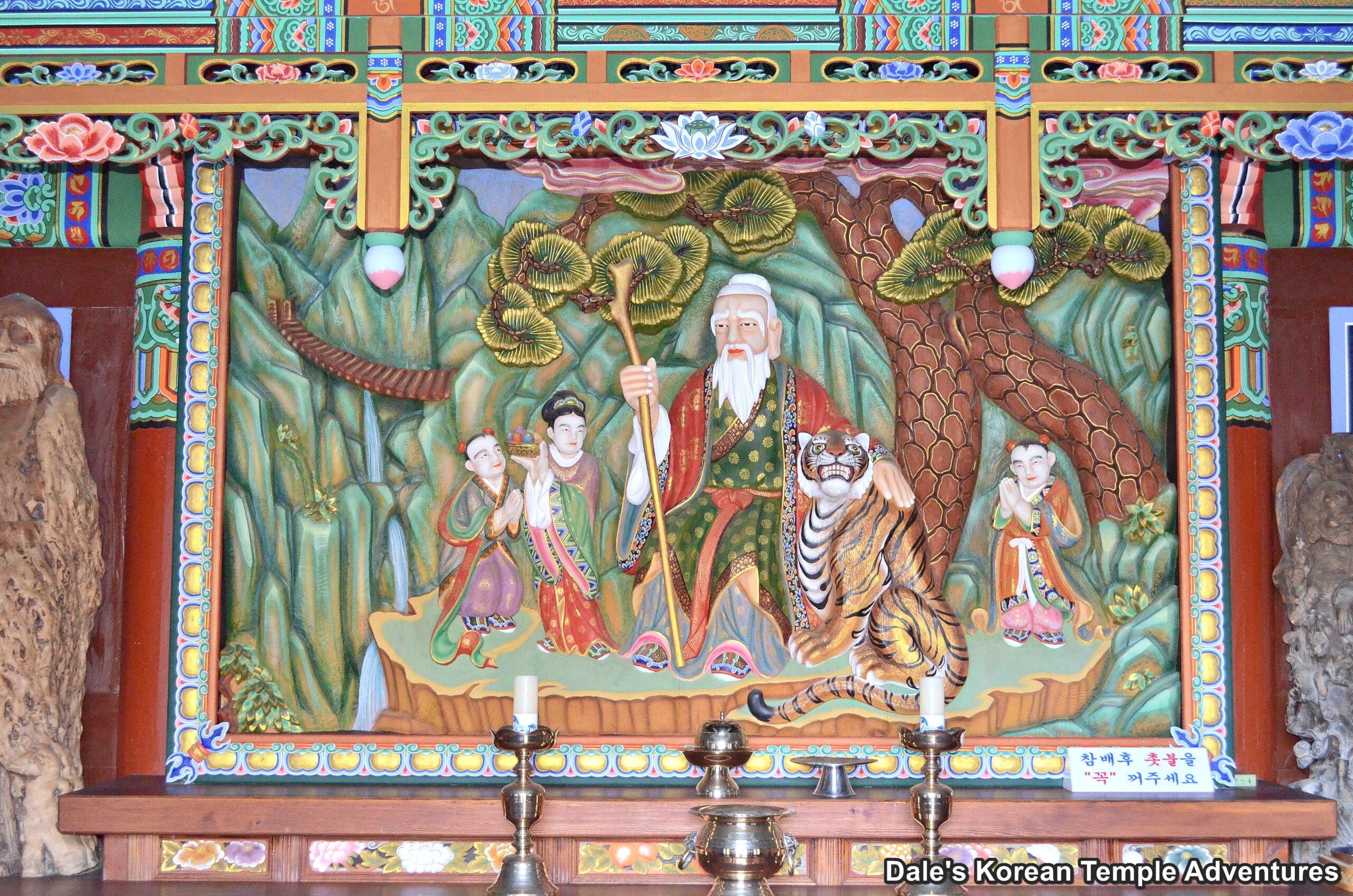
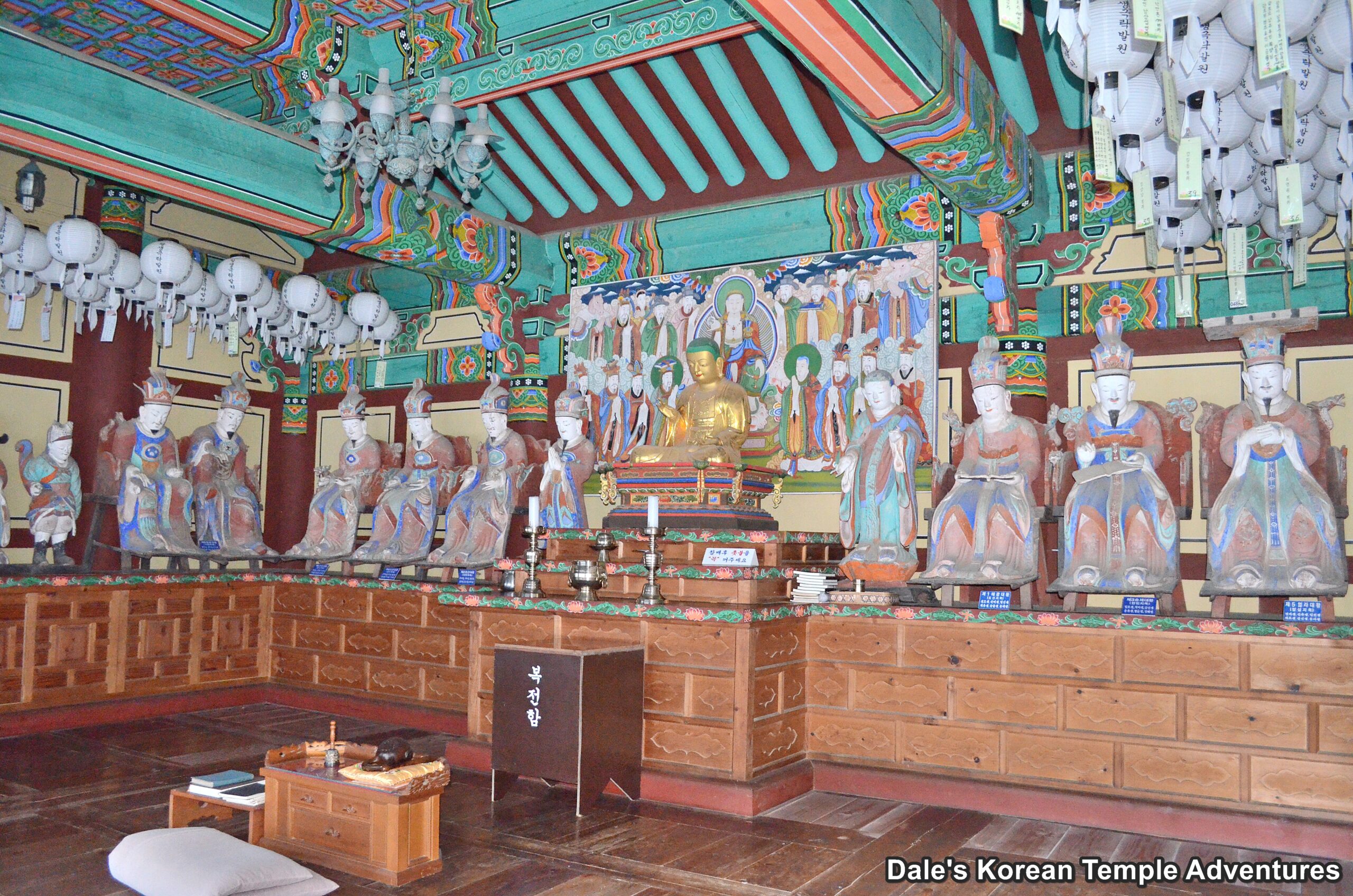
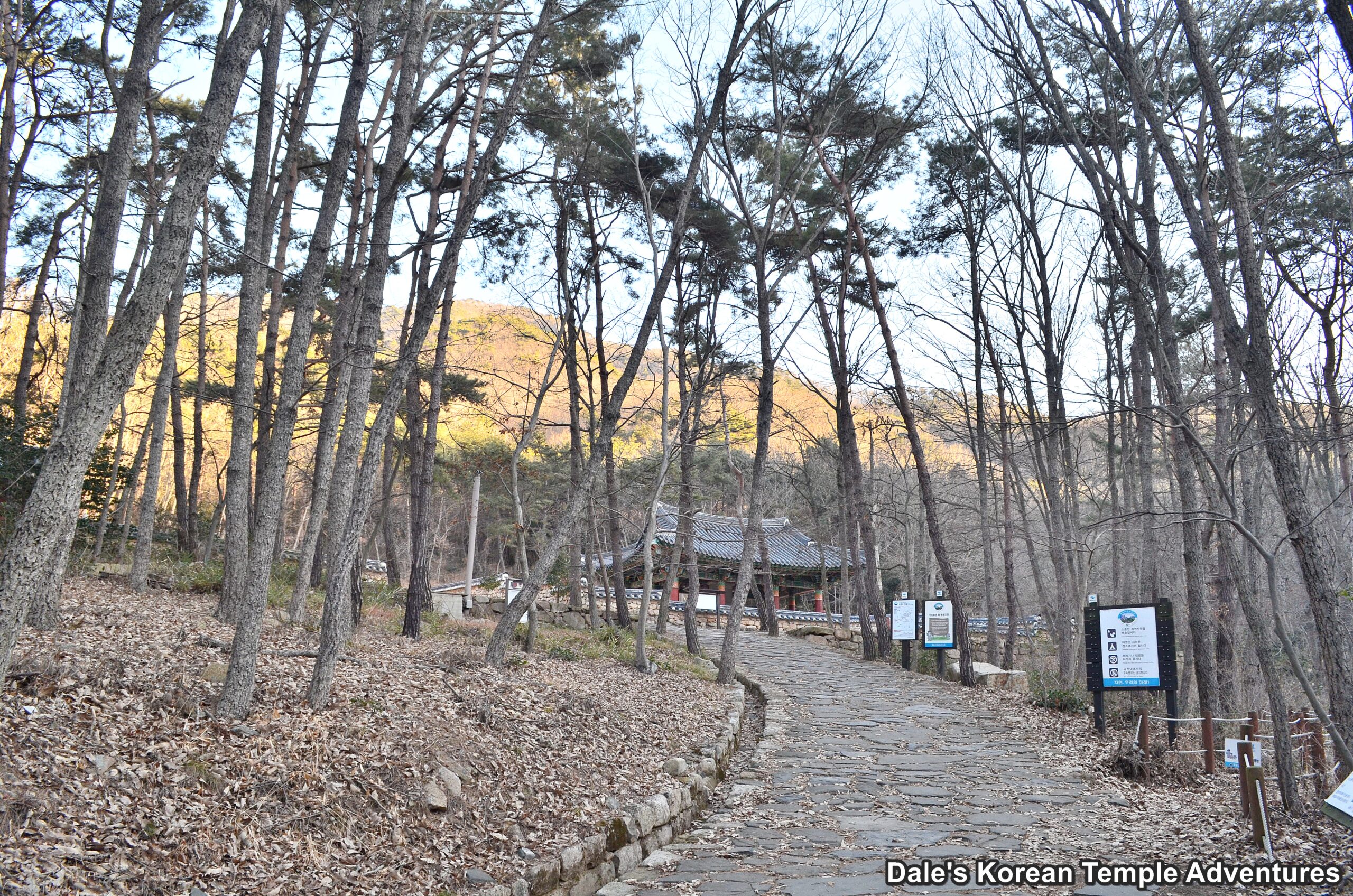
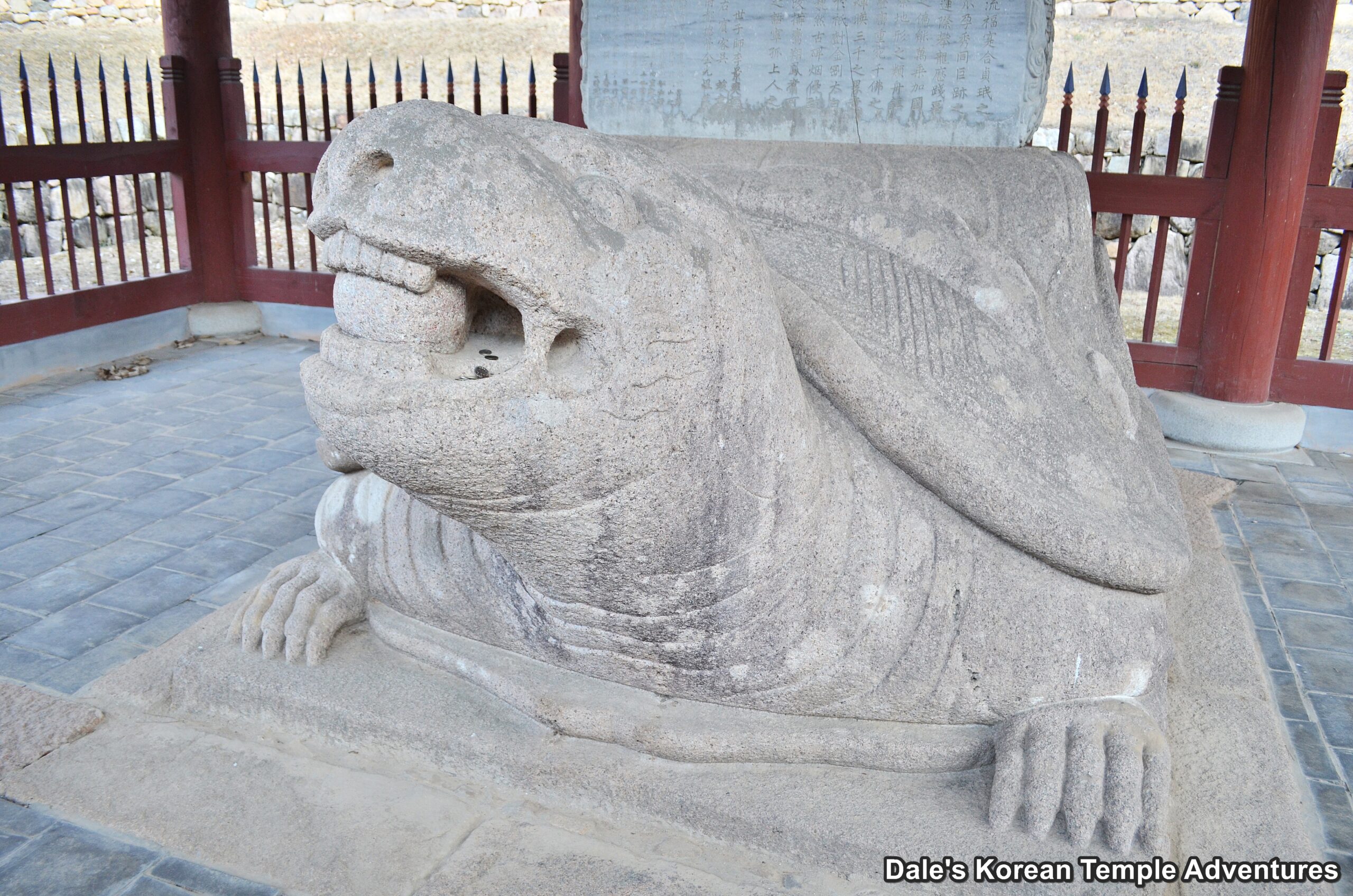


Recent comments